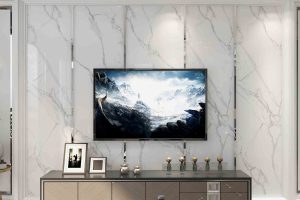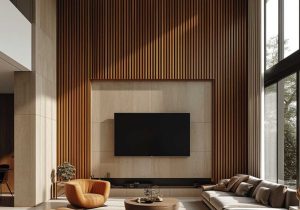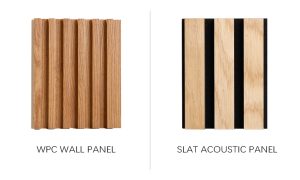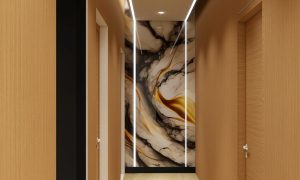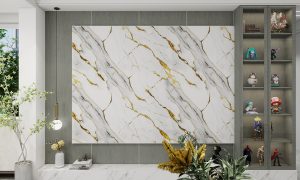
Outdoor WPC (Wood-Plastic Composite) cladding is a type of material used to cover and protect the exterior walls of buildings. It is a popular choice for both residential and commercial construction projects due to its durability, low maintenance requirements, and aesthetic appeal. Here are some key features and information about outdoor WPC cladding:
- Composition: WPC cladding is typically made from a combination of wood fibers or wood flour and thermoplastic materials like polyethylene, polypropylene, or PVC. The wood fibers provide a natural appearance, while the plastic component adds strength and weather resistance.
- Appearance: WPC cladding often mimics the look of natural wood, providing a warm and attractive appearance. It is available in various colors and finishes to suit different architectural styles.
- Durability: WPC cladding is known for its durability and ability to withstand harsh weather conditions, including rain, UV rays, and temperature fluctuations. It is resistant to rot, decay, and insect damage, making it a long-lasting choice for exterior applications.
- Low Maintenance: Unlike natural wood, WPC cladding requires minimal maintenance. It does not need regular painting, staining, or sealing to maintain its appearance and performance. Periodic cleaning with soap and water is usually sufficient to keep it looking good.
- Environmental Benefits: WPC cladding is considered more environmentally friendly than traditional wood cladding because it utilizes recycled materials and reduces the need for cutting down trees. Additionally, it can be recycled at the end of its life cycle.
- Installation: WPC cladding is typically installed using a tongue-and-groove system or a hidden fastening system, which provides a clean and seamless look without visible screws or nails. It can be installed horizontally or vertically, depending on the design preference.
- Cost: While WPC cladding may have a higher upfront cost compared to some other cladding materials, it often pays off in the long run due to its durability and low maintenance requirements.
- Fire Resistance: Some WPC cladding products are treated with fire retardants to improve their fire resistance. Be sure to check the specific product’s fire rating and comply with local building codes and regulations.
- Supplier Variations: Various manufacturers produce WPC cladding, and the quality and characteristics can vary between brands and product lines. It’s essential to research and choose a reputable supplier that offers a product suitable for your specific needs.
- Design Flexibility: WPC cladding can be used in a variety of architectural styles, from modern to traditional. It can also be combined with other building materials to create unique and visually appealing facades.

When considering outdoor WPC cladding for your project, it’s crucial to assess your specific requirements, budget, and design preferences. Additionally, consult local building codes and regulations to ensure compliance with safety and performance standards.


